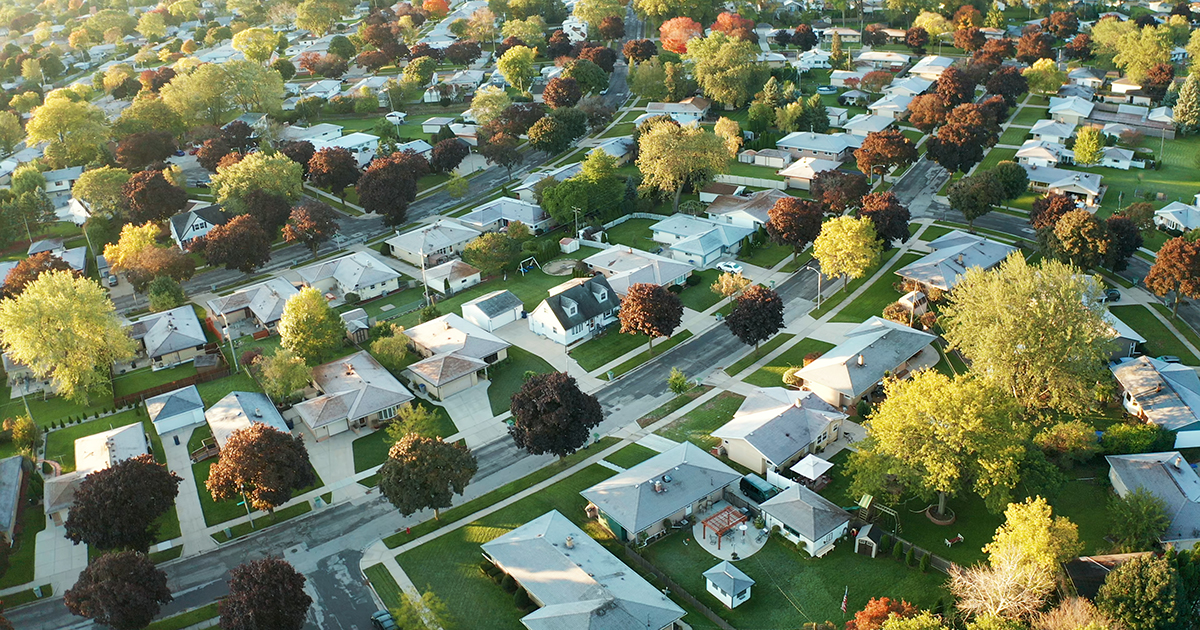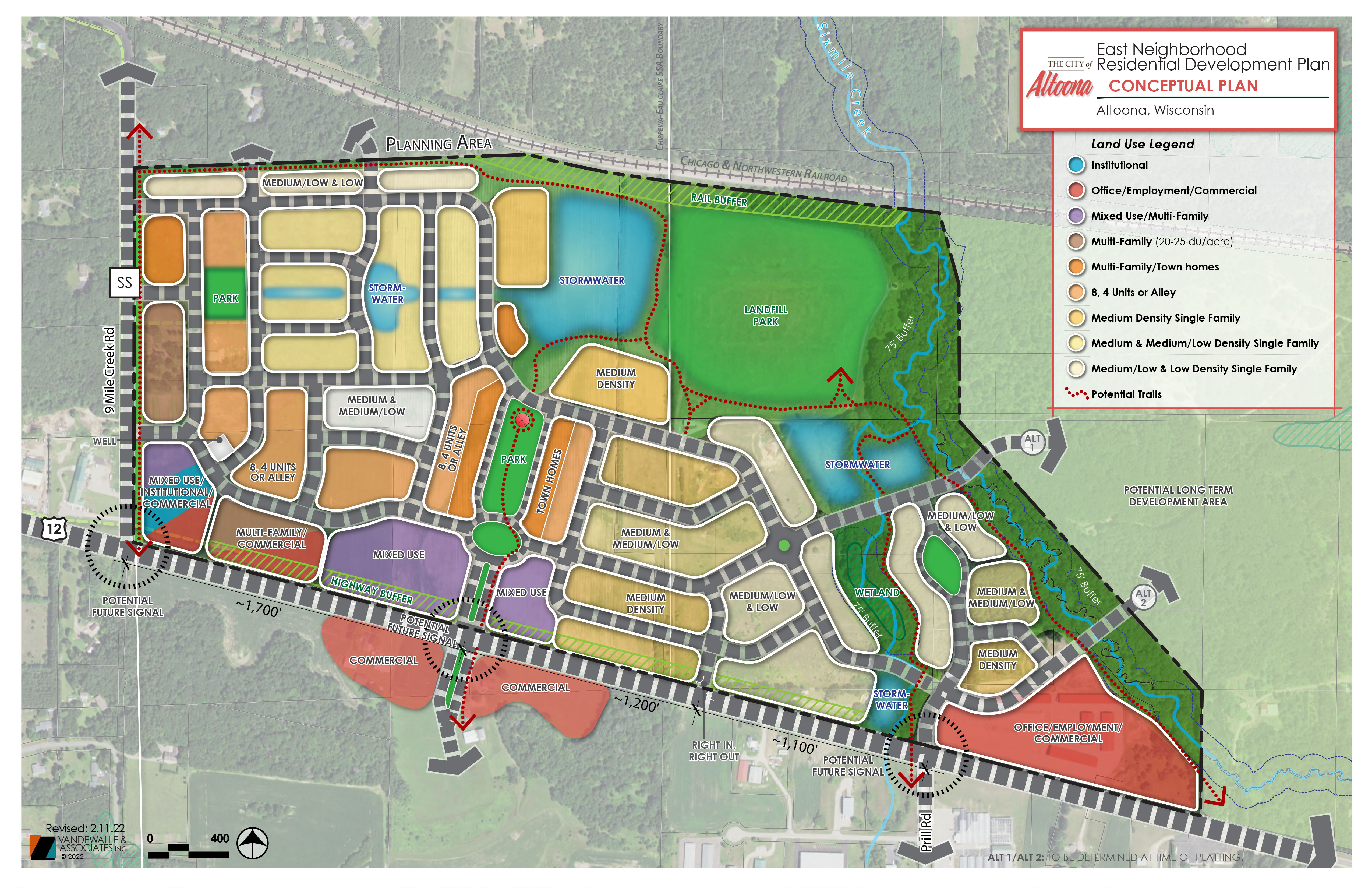
Feasible meets practical: Designing a cost-effective microgrid in Altoona, Wisconsin
Building sustainability and climate resilience at the community level has multiple challenges, not least of which is trying to find the most practical solutions. Cities often set ambitious climate and resiliency goals, but they still have budgets to meet and stakeholders who need to provide their stamp of approval
Microgrids are one way to help cities meet their goals because they localize energy generation and distribution—reducing grid congestion—and provide efficient and low-cost clean energy. As we've seen in other Wisconsin cities, microgrids can provide additional benefits to communities when projects actively seek input from residents.
In a new construction project on the east side of Altoona, Wisconsin, residents will soon likely experience the potential of microgrids in both financial and environmental advantages. Altoona intends to develop an 80-acre area into a mixed-use housing & commercial neighborhood under a clearly defined set of guiding principles: sustainability, resiliency, and cost-effectiveness.
Slipstream is collaborating with the City of Altoona along with two local cooperatives—Eau Claire Energy Cooperative and Dairyland Power Cooperative—to conduct a feasibility study for the planned development.
Designing with specifics needs in mind
This project has quite a few specific requirements for climate action, social equity, and economic vitality, including renewable distributed energy resources (DERs), onsite stormwater management, and energy-efficient building materials that reduce embodied carbon. The team at Slipstream role will handle the tasks of collecting data, conducting a feasibility study, and developing three different options to build a microgrid in the planned neighborhood. All scenarios will include—at minimum—solar photovoltaics (PV), battery energy storage (BESS), and load management options.
The most likely scenarios will fall into one of the following areas:
- Individual DER systems: photovoltaics (PV) + battery in each energy-efficient and connected building with potential heat pumps
- Community DER systems: Ground-mounted PV farm, stand-by generator for grid support and critical load backup, and district geothermal for heating and cooling
- A combination of the two

Ownership is key
In initial discussions with stakeholders, we learned that a major hurdle was ownership—who is responsible for each element of the microgrid, who pays for it, and who operates and maintains it? To that end, a key part of this project will be determining which elements of the design belong to which parties involved, including the future residents and business owners of the East Neighborhood.
With each of the final alternative scenarios, the project team will also include a series of recommendations for implementation and further refinement, along with estimates of the capital cost, operations and maintenance cost, and impacts on both energy use and carbon emissions. Slipstream's team will also identify potential funding sources and recommendations for Stakeholder Advisory Group (SAG) microgrid scenario and resiliency target selection.